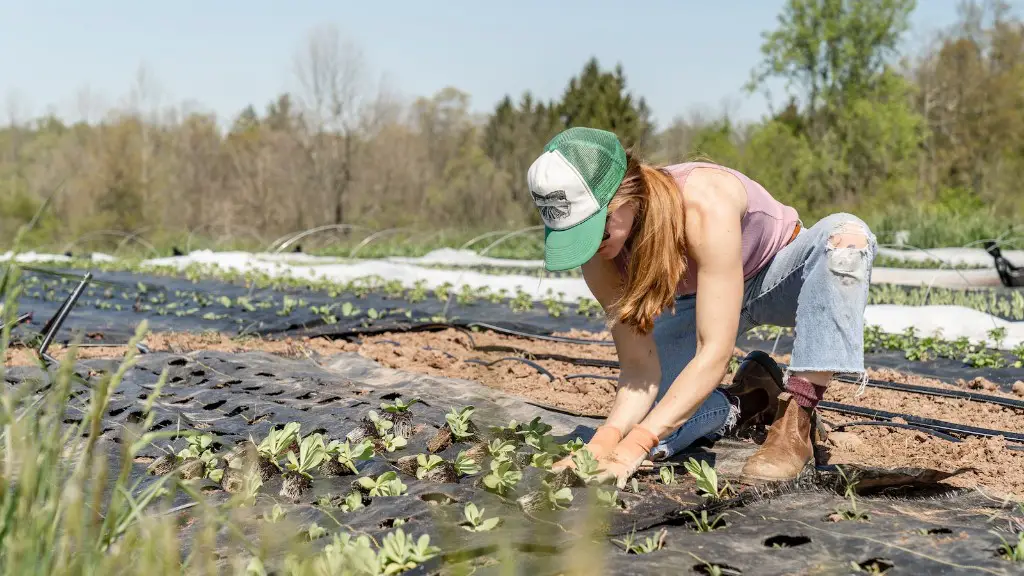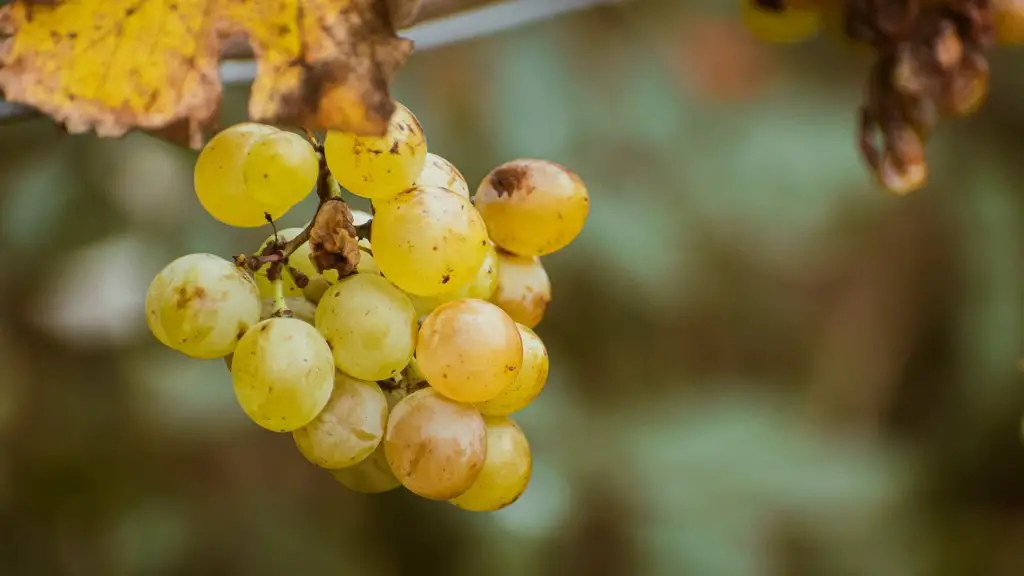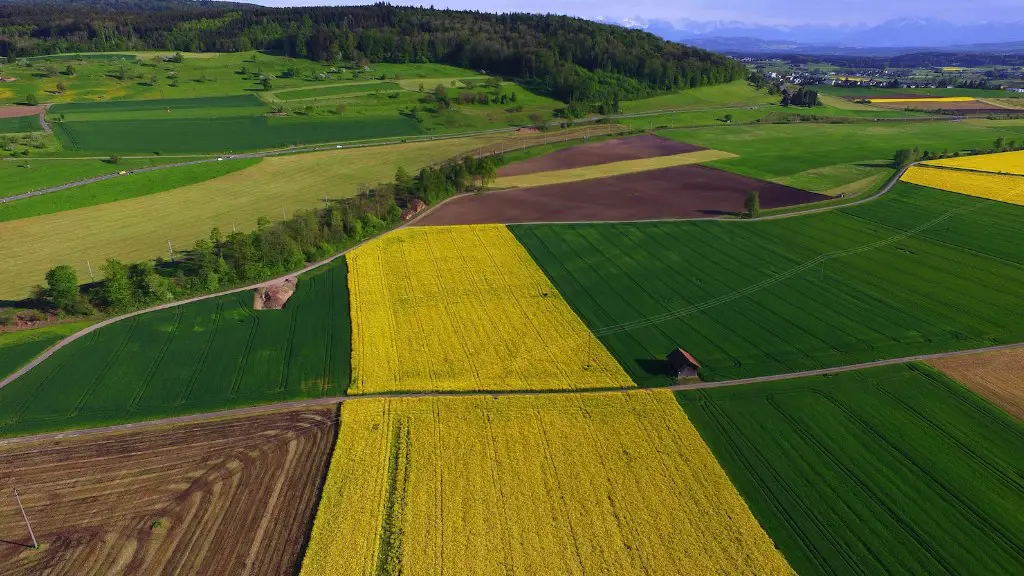To understand the beginnings of agriculture, scholars must explore the origin of domesticated plants and animals. Anthropologists and archaeologists trace the origin of agriculture to the Fertile Crescent, a region in the Middle East encompassing modern-day Iraq, Kuwait, and other parts of the region where wild grains were first harvested. Starting around 13,000 years ago, people there began the process of domesticating plants and animals, a process of adapting wild plant and animal species to human needs and desires. As people learned to care for and nurture these species, they selected those plants and animals they wanted to propagate, while discarding the rest. As a result, distinct varieties of plants and animals were created.
The appearance of agriculture in the Fertile Crescent 5,000 years ago marked the beginning of a new way of life for human societies. Prior to that, people had to rely on gathering wild fruits, grains, nuts, and other sources of food from the natural environment. By employing the practice of domestication, people were able to live in permanent settlements, no longer dependent on seasonal foraging for their sustenance. Moreover, the origin of agriculture allowed for an expansion of the human population as people could support larger numbers in a same area with stored grain when amounts of natural resources were scarce.
Beyond food production, the advent of animal domestication produced new sources of labor, transportation and a means of waste management. Food production and agricultural techniques began to spread; within areas of the Fertile Crescent, the Mediterranean, India, China, and the Americas at different times. As the development of plants and animals progressed, so did human understanding and agricultural techniques. Eventually, farming became a household activity.
In conclusion, the origin of agriculture emerged in the Fertile Crescent around 13,000 years ago. Domestication of plants and animals allowed humans to settle down in permanent villages, expand their population, and develop farming as a household activity. With advances in agriculture, new sources of labor, transportation, and waste management became available, which enabled the spread of agriculture to other regions. This process continues to shape human societies today.
Humans Reasons for Selecting Specific Species for Domestication
The beginning of agriculture marked a transition point in human history where permanent settlements became the norm. People began domesticating a variety of animals and plants, gradually refining the species they chose to domesticate. In some societies, pigs and chickens were among the first animals to be domesticated due to their adaptability to human settlements and their nutritious meat. As for plants, cereal grains, legumes, and fruits were chosen for their nutritional value. All of these species had to show qualities of extensive breeding, reproducing well in captivity, and being relatively easy to care for.
Moreover, the species chosen had to serve a specific purpose in the newly formed agricultural societies. For example, the first domesticated plants and animals had to have a good yield or produce enough nutrition for human families. In addition to quantity, their quality was also important. Thus, physiological characteristics such as their taste, smell, and size had to be suitable for humans’ needs. As a result, it is clear that choice of species selection was heavily affected by human preference and need.
By studying the archaeology of the Fertile Crescent, experts have been able to identify the elements that allowed the spread of agriculture to other regions. Early farmers chose to cultivate certain plants and animals, because this offered a reliable source of food and eventually could be traded. This choice of certain plants and animals laid the groundwork for the current techniques of food production today. Over time, humans continued to develop new techniques and technologies, such as crop rotation and irrigation, to better support and sustain agricultural production.
Animal Husbandry during Early Agricultural Revolution
Domestication of plants and animals posed many challenges for early farmers. The challenge of animal husbandry was multifaceted and complex as it required staying aware of the animal’s age, gender, body condition, and temperament. The environment and lack of drug-based treatments for diseases, as well as the shortage in veterinary resources and the difficulty of animal transport hindered the husbandry process.
Early communities worked around these problems. Shepherds in some regions were responsible for controlling the movement of their animals, while farmers in other areas devised methods to ensure protection of their domesticated animals and to retain their desirable characteristics. Over time, humans learned to control breeding as this allowed them to increase their volume of food production.
Various genetic improvement diagnoses integrated in early animal husbandry allowed animals to be bred for specific characteristics and optimum living and economic conditions. This concept of selective breeding, or breeding animals with desirable characteristics, was present in some societies long before genetics and biology were understood. Selective breeding also allowed for animals to have higher endurance. This contributed to the husbandry of animals, as farmers and herders could now move their animals to different areas, in search of more abundant food sources throughout the year.
Herding and the process of animal husbandry evolved, giving rise to the concept of nomadic pastoralism. This was a significant process as it allowed humans to remain in motion throughout the year, while having access to resources provided by their livestock. Nomadic pastoralism became a popular form of subsistence and bolstered the domestication of animals and plants throughout the region.
The Influence of Social Organization in Early Agriculture
The development of agriculture was also related to the social organization of early societies. Production and consumption of food were heavily intertwined with social roles, beliefs and traditions. At first, it was the elders who made the decisions about which species to domesticate and cared for them. As time went on and agriculture became more common, this changed and a more general level of understanding gradually became part of everyday society.
Social stratification and unequal access to goods and services also became a concern as some people began to acquire more wealth and power than others. This was especially the case with respect to access to land and the right to use it for farming. The distribution of goods and resources depended largely on an individual’s wealth and stratification within the society. Inequality and exploitation of those who had less goods and resources were a common problem in many societies.
In addition, the origin of agricultural societies also marked the beginning of a new era of population expansion. Before 13,000 years ago, the human population was smaller than it is today because it relied on seasonal foraging and hunting for sustenance. With the emergence of agriculture, food production became accessible on a larger scale and the human population could grow to meet the demands of the new way of life.
In short, the advent of agriculture was a turning point in the history of human societies. Domestication of plants and animals allowed humans to settle down in permanent villages, expand their population, and develop farming as a household activity. Through this process, many social changes have taken place, bringing new levels of wealth and inequality as well as a better understanding of the environment and its resources.



